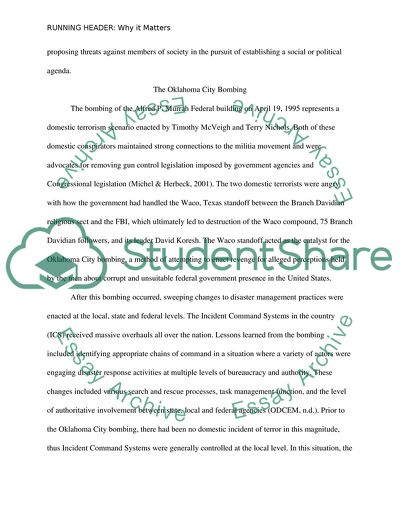Cite this document
(“Citizens against Domestic Terrorism Term Paper Example | Topics and Well Written Essays - 2500 words”, n.d.)
Citizens against Domestic Terrorism Term Paper Example | Topics and Well Written Essays - 2500 words. Retrieved from https://studentshare.org/social-science/1781670-why-it-matters-in-america-to-defend-and-educate-its-citizens-against-domestic-terrorism
Citizens against Domestic Terrorism Term Paper Example | Topics and Well Written Essays - 2500 words. Retrieved from https://studentshare.org/social-science/1781670-why-it-matters-in-america-to-defend-and-educate-its-citizens-against-domestic-terrorism
(Citizens Against Domestic Terrorism Term Paper Example | Topics and Well Written Essays - 2500 Words)
Citizens Against Domestic Terrorism Term Paper Example | Topics and Well Written Essays - 2500 Words. https://studentshare.org/social-science/1781670-why-it-matters-in-america-to-defend-and-educate-its-citizens-against-domestic-terrorism.
Citizens Against Domestic Terrorism Term Paper Example | Topics and Well Written Essays - 2500 Words. https://studentshare.org/social-science/1781670-why-it-matters-in-america-to-defend-and-educate-its-citizens-against-domestic-terrorism.
“Citizens Against Domestic Terrorism Term Paper Example | Topics and Well Written Essays - 2500 Words”, n.d. https://studentshare.org/social-science/1781670-why-it-matters-in-america-to-defend-and-educate-its-citizens-against-domestic-terrorism.


